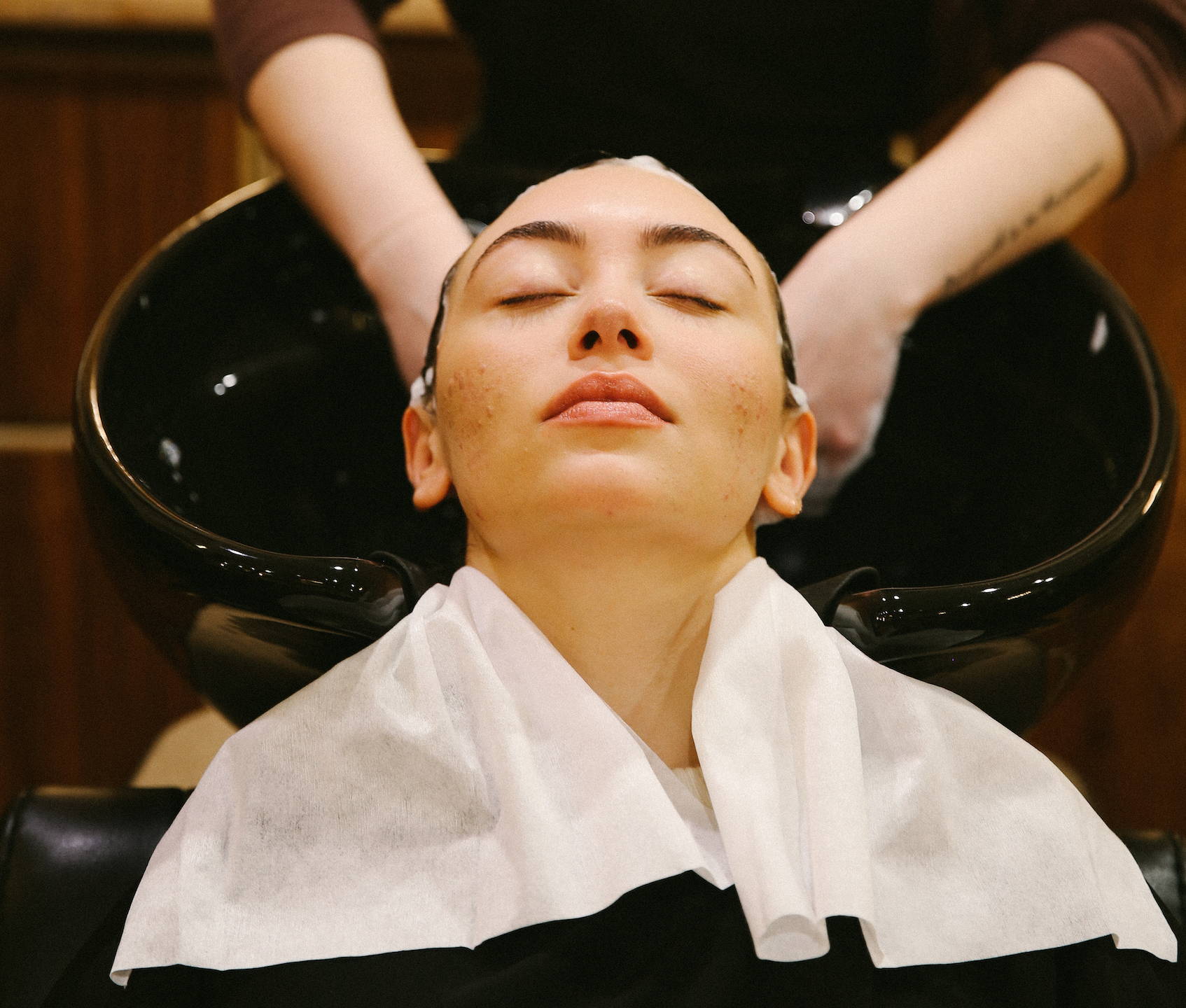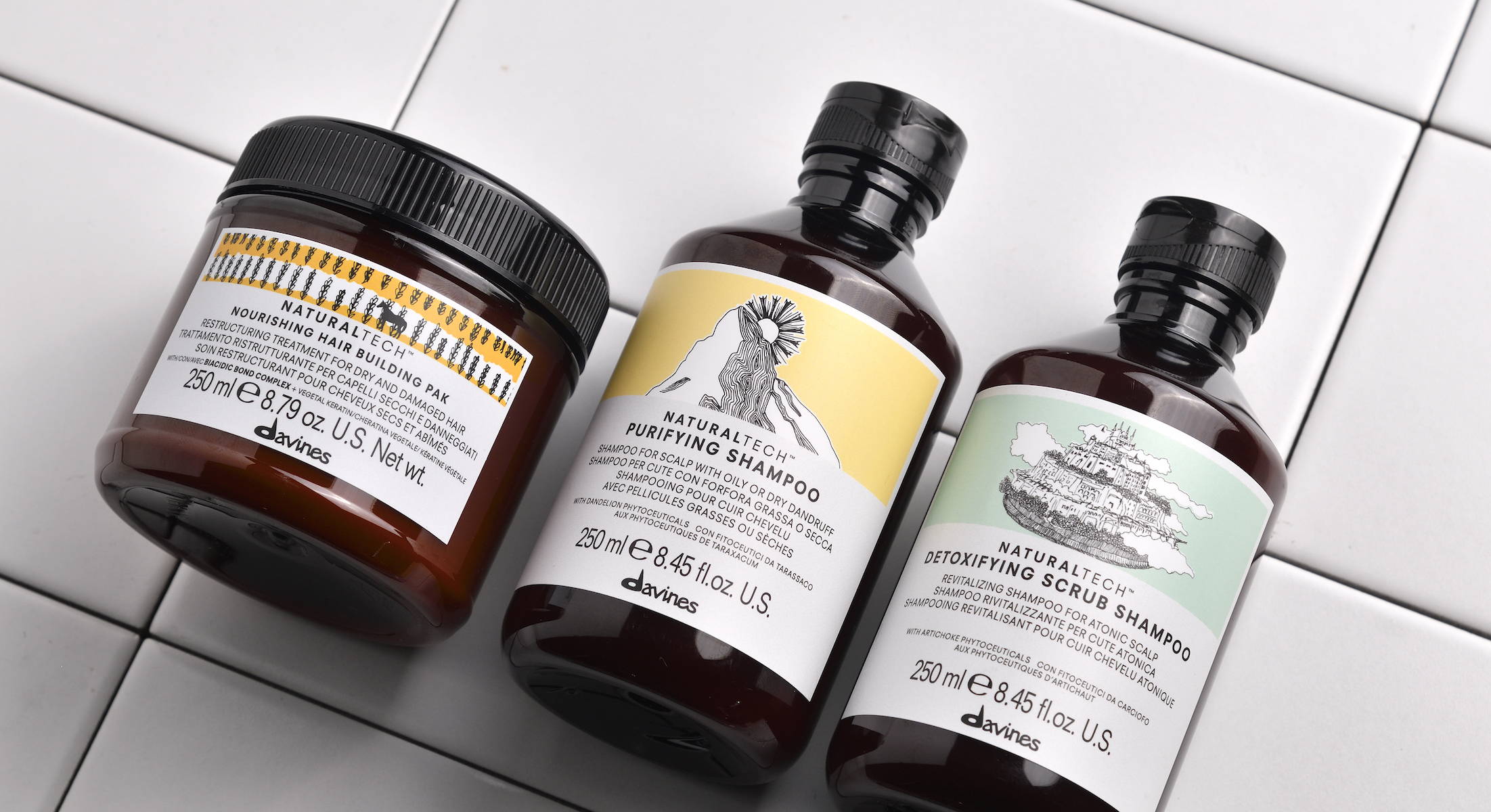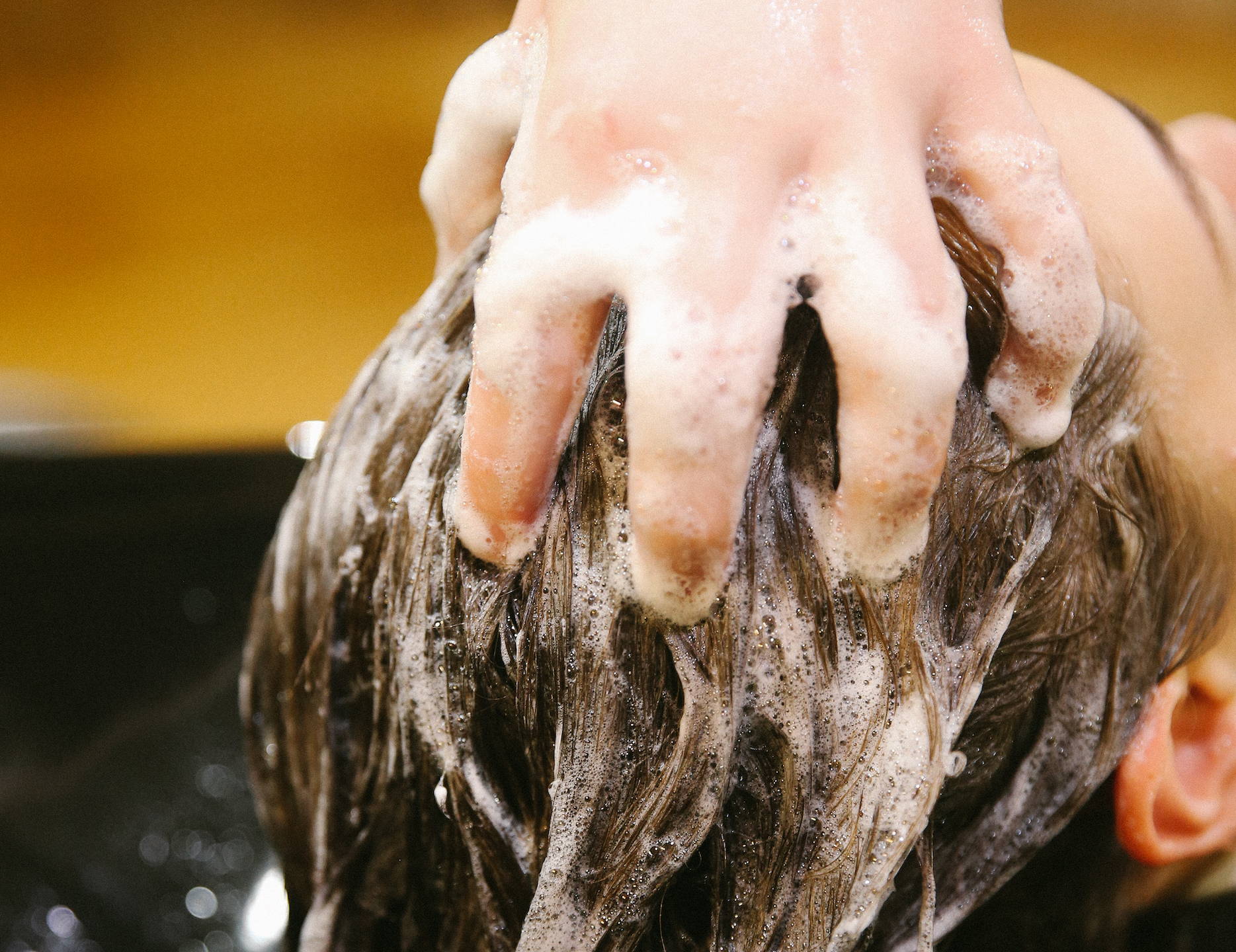While itching, flaking, and scalp irritation are all signs of dandruff, the same symptoms are associated with a dry scalp. The conditions can be difficult to differentiate but require separate treatments. So how do you know if you’re dealing with dandruff vs dry scalp? A dry scalp is caused by the skin's inability to produce enough sebum and natural oils to keep itself hydrated. As a result, the top layer of the skin dries out, cracks and sheds as fine, white flakes. Dandruff on the other hand is caused by an imbalance in scalp conditions, leading to an overactive production of skin cells that shed in flaky clumps. Dry skin types usually experience a dry scalp, as well as those with hormonal conditions or taking certain medications. A dry scalp can feel tight and uncomfortable, and often results in frizzy, brittle hair. This is where it differs from dandruff, where the hair can appear oily and flaky at the same time. Restore the natural moisture levels of a dry scalp with a moisturizing shampoo and conditioner.















Leave a comment
Comments will be approved before showing up.